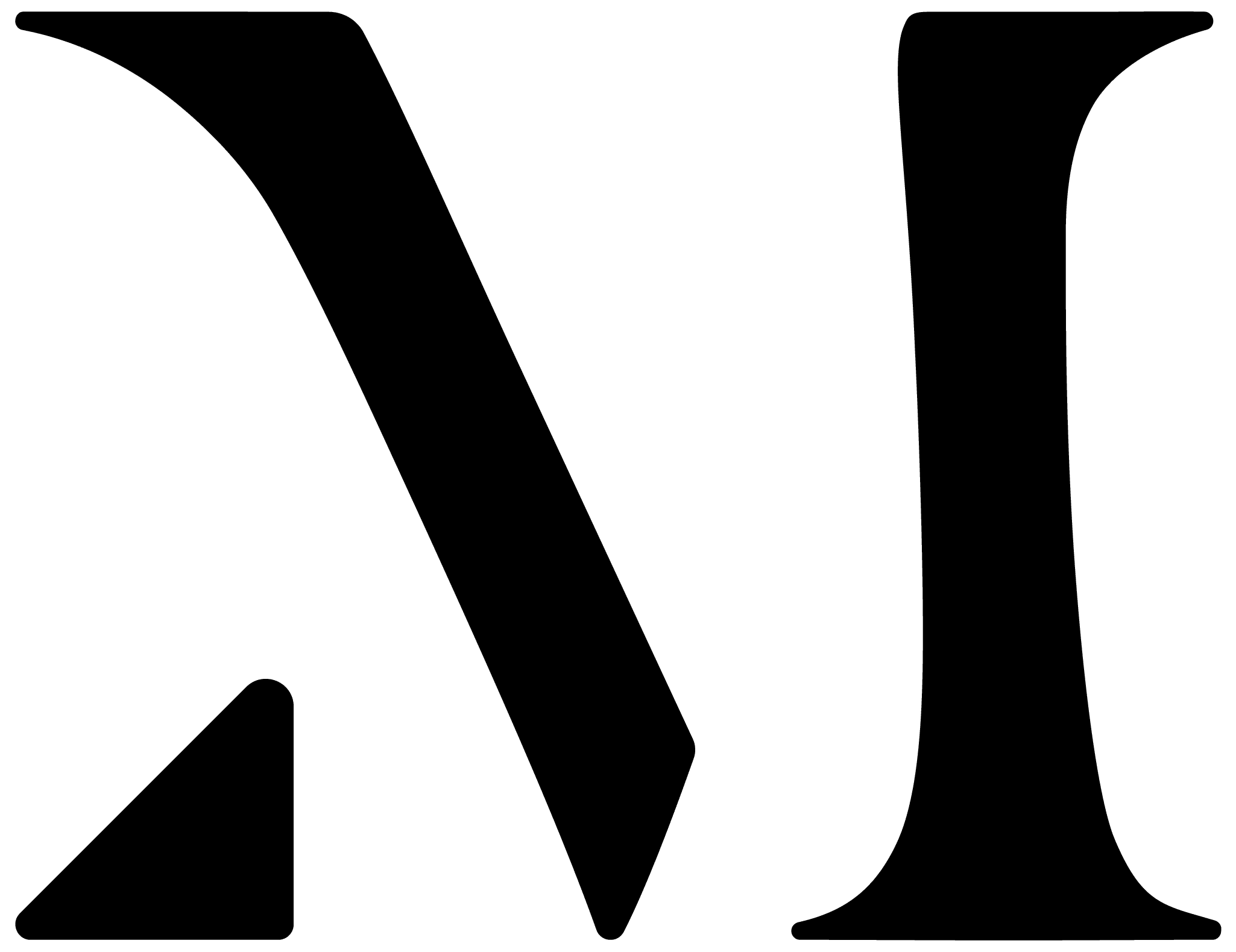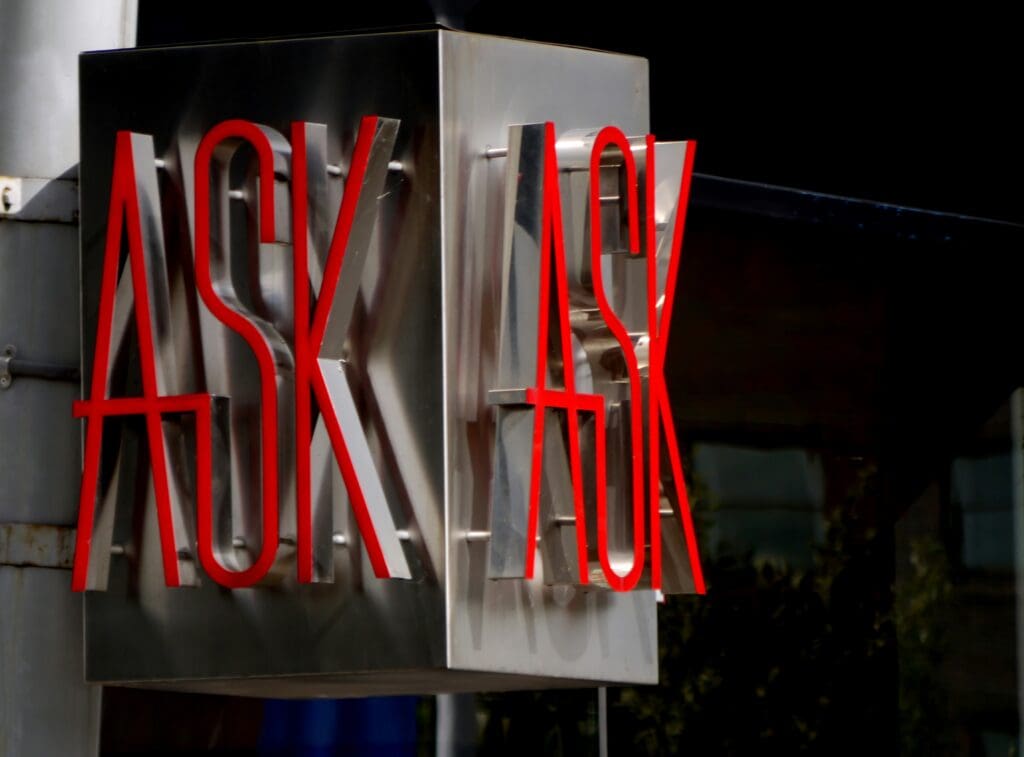Aligning Sales and Marketing to Improve Lead Quality

The alignment of marketing and sales remains a significant challenge for many companies. A sales-qualified lead differs markedly from the leads shortlisted by marketing. Both departments may face a constant misalignment of priorities. As a result, there is no standard definition of a qualified lead.
These disagreements result in poor conversions that ultimately compromise business efficiency. Misguided traffic may involve wasted resources leading to inefficient campaigns that compromise a brand’s success. The misalignment of sales and marketing has been a top factor for stagnant and declining business revenues.
With the implementation of paid ads, companies can reduce and prevent lingering disagreements between sales and marketing. Each running ad campaign leverages targeted traffic based on well-researched metrics while keeping all teams updated across the pipeline with seamless communication.
As such, a paid ad initiative could prove highly effective in uniting sales and marketing as a cohesive force for revenue. Paid ads can help set the stage for optimized lead generation, where business leaders can focus on several critical factors that increase lead quality and conversion rates.
Establishing Centralized Communication
In typical business processes, marketing qualifies leads and passes them on to sales for closing. However, modern marketers should always account for sales positions and challenges rather than directly transferring leads.
Both departments should recognize and keep within their respective roles, responsibilities, and priorities throughout lead qualification. For example, marketing should educate and engage buyers while sales provide real-world solution applications and updated/valid content.
Specifically, marketing should always address seller needs and challenges before distributing lead content. Marketing can develop relevant and compelling content for improved conversions by genuinely listening to sales representatives and implementing the ideas and considerations into paid ads.
Instant Access to Purchase Pages
A strategically positioned link between paid ads and purchase pages enables brands to reduce buyer journeys, increasing conversion success. The intuitive process retains the initial interest of leads, which reduces the resistance to purchase. Market research states that better UX design could result in a 400% increase in conversion rates.
Less complex buyer journeys (achieved through optimized UX) provide sales and marketing with the specific lead data they need to align and optimize their strategies across future campaigns.
Reliable KPIs
KPIs are necessary for keeping marketing and sales on the same page. Paid ads come with built-in KPIs that make it easy for businesses to gauge conversions rates and the effectiveness of an ongoing ad. The valuable information helps sales and marketing decide what works in advertising and areas for improvement, which steers collaboration and budget allocation.
Traditional advertising methods lack KPIs that help gauge and fine-tune a campaign. Additionally, these may lead to disagreements between sales and marketing, both lacking the data to support an objective stance.
By working with measurable values, teams can avoid clashing perspectives and focus on developing effective conversion strategies based on hard data by working with quantifiable values.
For example, Google Adwords shows the keywords with the highest performance/response. Other insightful KPIs include conversion rates and click-through rates (i.e., the number of successful clicks for an ad). As such, marketers can optimize future ad content while the sales team refine customer engagement techniques according to collected insights.
Specializations of Paid Ad Platforms
Each paid ad platform provides businesses with varying advantages that facilitate goal alignments between sales and marketing teams.
For example, Facebook Ads offers a highly customizable lead generation process, with target specifications that include age, location, education level, and upcoming birthdays or anniversaries. Paid ads via LinkedIn enable teams to qualify leads through industry-specific variables that cater to a specific job role, company size, or skill set.
Essentially, selecting a specific paid ad channel or platform encourages sales and marketing to agree on targeted customer criteria. Marketers may overlook user behavior in targeted online campaigns. A well-planned paid ad approach can fill the gap by spreading brand awareness to a specific crowd, optimizing lead generation.
“Smarketing” Toward Business Success
The synergy of sales and marketing (i.e., “smarketing”) provides companies with a balanced approach toward satisfying advertising and business goals. With the best practices, an aligned strategy offers a vast range of benefits, where companies are 15% more profitable than misaligned competitors.
Sales and marketing alignment lies at the foundation of optimized business growth and revenue. Company leaders can unify lead qualifying processes with paid ads and drive brand awareness across a wider crowd.
Additionally, the automated process of paid ads serves as a cost-effective approach, yielding almost instant results from audiences while sales and marketing collaborate on fine-tuning advertising campaigns.
Powerful tools like Google Adwords can reach targeted leads within 24 hours, receiving speedier reactions than traditional online advertising methods like SEO or email marketing.
Rather than relying on MQLs or SQLs and resulting in inefficient conversions, paid ads enable businesses to engage audiences via a more dynamic and data-based approach that empowers sales and marketing – ultimately increasing campaign ROIs.





